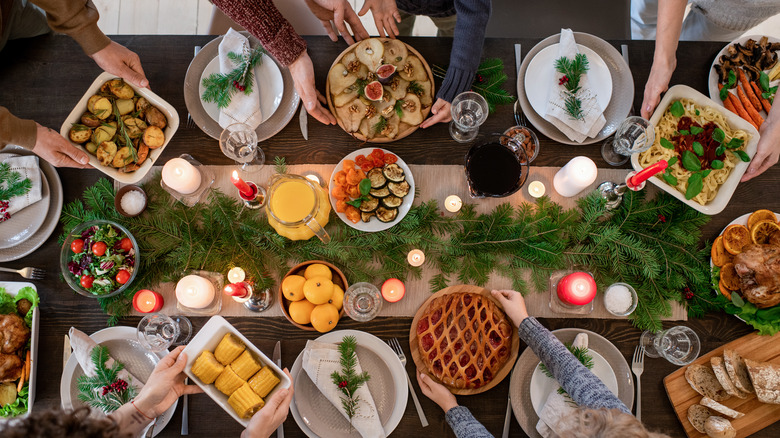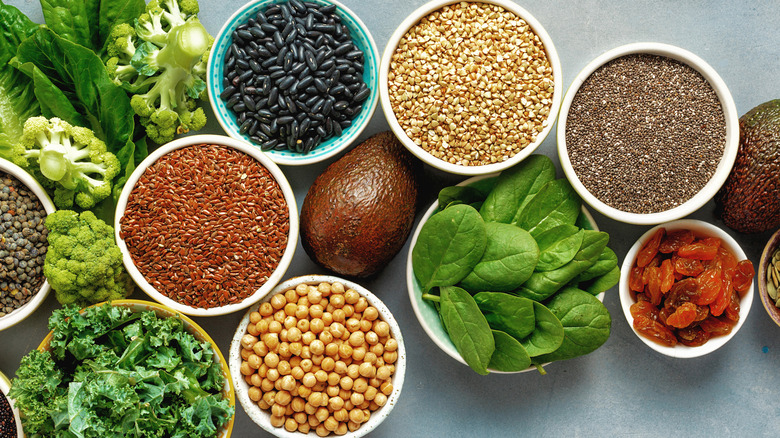How To Keep Your Cholesterol In Check While Still Enjoying Your Holiday Meals
Controlling cholesterol is important if you have high cholesterol levels. According to the American Heart Association, there are two types of cholesterol: low-density lipoprotein (LDL) and high-density lipoprotein (HDL). Of these, HDL is considered the most healthy, while LDL is the most unhealthy. Triglycerides are another form of fat found in your blood, and when you have high LDL cholesterol along with high triglycerides, it could lead to a buildup of fat along your artery walls. This condition increases the odds of heart attacks and stroke. For most people with high cholesterol, it is recommended to keep total cholesterol consumption to 200 milligrams or less per day, according to the University of California of San Francisco.
The holiday season can be tough when it comes to controlling high cholesterol because many indulgent dishes are made with milk, cheese, cream, butter, and margarine, which are high in saturated fat and cholesterol, per Heart UK. Too much of these kinds of food can cause a spike in your cholesterol and can make managing cholesterol challenging. But there is a way to keep your cholesterol in check while still enjoying holiday meals.
Add fiber and phytosterols
One way to keep cholesterol levels under control while also enjoying holiday meals is to eat foods that contain soluble fiber. Cholesterol sticks to soluble fiber during digestion and moves with it through the digestive process (via Medical News Today). Eventually your body excretes it with the fiber as opposed to it staying in your blood. Foods high in soluble fiber include black beans, lentils, chickpeas, edamame, and chia seeds, per Parade.
Another way to help keep cholesterol from spiking during the holiday season is to increase the amount of phytosterols you eat. Phytosterols, also known as plant sterols and stanols, are plant-based compounds that behave like cholesterol, and eating two grams of them daily can reduce LDL cholesterol by 8% to 10% (via Cleveland Clinic). The idea is that your body will digest phytosterols instead of cholesterol and excrete some cholesterol as a result. Foods that are high in phytosterols include a wide variety of veggies, fruits, nuts, legumes, and whole grains. For more specific options, Self Nutrition Data provides an extensive list of foods high in phytosterols.


